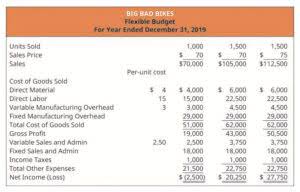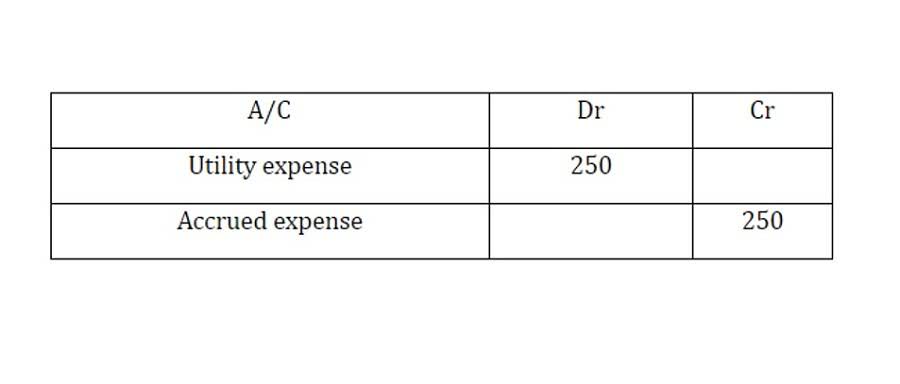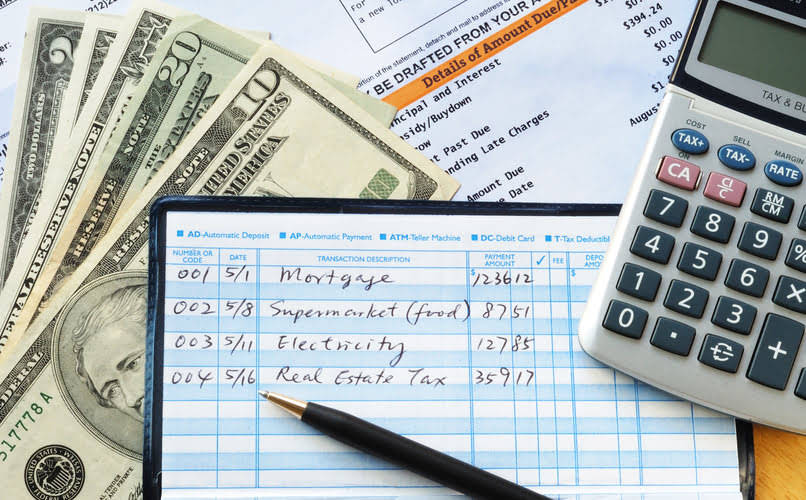
As you can see, the weighted average shares outstanding is calculated by summing up the weighted average share calculations for each period. Weighted average outstanding shares are an important factor during the calculation of earnings per share for the Company. Weighted average shares outstanding is the number of company shares after incorporating changes in the shares during the year. The number of company shares can vary during the year for various reasons. Calculating weighted average shares outstanding can be a complex task, but understanding the basics is essential.
What is the difference between authorized shares and outstanding shares?
To illustrate the difference between shares outstanding and weighted average shares outstanding, consider the above example where the company starts the year with 10,000 shares. On April 1, it issues 2,000 additional shares, and on October 1, it repurchases 1,000 shares. Typically, a stock split occurs when a company is aiming to reduce the price of its shares. When this takes place, a company’s outstanding shares increase, and a higher degree of liquidity results. By contrast, a reverse stock split occurs when a company seeks to elevate its share price. Often, a company Oil And Gas Accounting does this to meet listing requirements, which often require a minimum share price.

Breaking Down the Denominator #2 – Adjustments to Shares Outstanding
Preferred stock is a special class of shares that is generally considered a hybrid instrument, including properties of both a debt and equity instrument. Preferred stocks are higher ranking than common stock, but also subordinate to bonds in terms of claim, or rights to their share of the company’s assets. Companies that have publicly traded stocks in the United States are required to file public financial disclosures to the Securities and Exchange Commission (SEC) which include the company’s balance sheet. You can also find the company’s balance sheet in its annual report, which can often be found on the company’s website. Outstanding shares represent a company’s shares that are held by investors, whether how to calculate average outstanding shares they’re individual, institutional, or insiders.

Outstanding Shares and Market Capitalization

One of them is the basic shares that do not consider the effect of convertible elements, and the other one is the diluted EPS, which accounts for the impact of the convertible elements. The countries’ regulators must report both basic earnings per share and diluted earnings per share. The former is the net income by the number of basic outstanding shares, and the latter is net income by diluted outstanding shares. Now that we have a basic understanding of the concept of diluted shares outstanding and its formula, let us understand how to calculate earnings per share using the formula above.
- Conversely, a reverse stock split reduces the number of outstanding shares.
- A stock split occurs when a company increases its shares outstanding without changing its market cap or value.
- The resulting 9,000,000 shares are the ones actively traded and held by investors in the market.
- A stock dividend only affects those shares that already exist prior to its occurrence.
- Company A had 1 lakh shares initially, and it issued 10,000 shares on 1st April.
- Those with complex structures, including potential dilutive securities, must report both basic EPS and diluted EPS.
Impact of sale and purchase of shares on weighted average number of shares outstanding
- An inflated EPS, resulting from an inaccurate share count, can lead to overvaluation, while an understated EPS might cause undervaluation.
- At the time, GE discussed plans to split into three companies and to divest from many businesses.
- This method provides a more accurate reflection of a company’s share structure, as opposed to a simple average, which might overlook significant fluctuations.
- The Motley Fool reaches millions of people every month through our premium investing solutions, free guidance and market analysis on Fool.com, top-rated podcasts, and non-profit The Motley Fool Foundation.
- Shares issued or repurchased at different points during the year do not contribute equally to the annual average.
- When a company executes a stock split, the number of outstanding shares rises.
Let us understand where investors and analysts can find the data regarding the total outstanding shares of a company through the points below. The number of shares outstanding can change due to several corporate actions. Companies may issue new shares to raise capital for various purposes, such as funding expansion or acquisitions. Initial Public Offerings (IPOs) and secondary offerings are examples where a company sells new shares to the public. Employee stock option exercises also lead to an increase when employees purchase shares.

Outstanding Shares vs. Issued Shares
Although Treasuries are considered safer than many other financial instruments, you can still lose all or part of your investment. Early withdrawal or sale prior to maturity of Treasuries may result in a loss of principal or impact returns. Reinvestment into new Treasuries is subject to https://adornyourspaces.com/accounting-best-practices-for-insurance-agencies/ market conditions and may result in different yields. As a general rule, the price of Treasuries moves inversely to changes in interest rates. Before investing, you should consider your tolerance for these risks and your overall investment objectives.
- One key component in this calculation is the weighted average shares outstanding, which ensures that EPS figures reflect changes in share count over time.
- Stock might be sold to raise capital; convertible debt might move into, or out of, the money.
- The six main factors are stock issuances, stock buybacks, stock splits, stock dividends, conversion of securities, and Mergers and Acquisitions.
- So, the average shares outstanding for ABC Corp. during the year were 1,100,000 shares.
- A company issuing a significant number of potential shares through the conversion of securities will result in its diluted EPS being lower than its basic EPS.
Ways to Calculate Weighted Average Shares Outstanding
This can often be found in a company’s financial statements, but is not always readily available — rather, you may see terms like “issued shares” and “treasury shares” instead. Besides, it can be helpful to understand where the numbers you’re looking at came from. Diluted earnings per share is derived by taking net income during the period and dividing by the average fully diluted shares outstanding in the period. The diluted shares are calculated by taking into account the effect of employee stock awards, options, convertible securities, etc. For example, in a 2-for-1 stock split, a shareholder with 100 shares priced at $50 each will post-split own 200 shares priced at $25 each.
